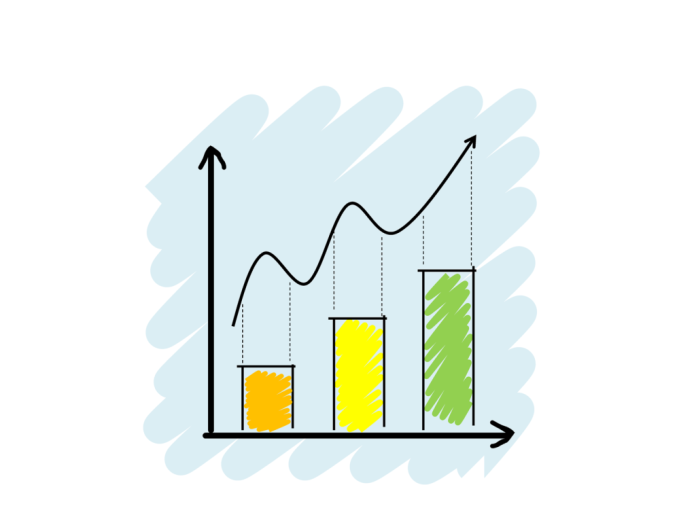This post will focus on various statitics data science projects that can help you in your career. Learn how you can create them.
Introduction to Statistics Data Science Projects
Statistical projects are crucial for data science beginners as they provide hands-on experience in applying statistical concepts to real-world data. By engaging in such projects, beginners develop essential skills in data analysis, hypothesis testing, and inference making. These projects foster a deeper understanding of statistical techniques like regression analysis, hypothesis testing, and probability distributions. Moreover, they enable beginners to practice data manipulation and visualization, key components of the data science workflow. Ultimately, statistical projects empower beginners to tackle diverse data problems confidently, equipping them with the foundational knowledge necessary for success in the field of data science.
How can R and Python be Useful in Your Journey
R and Python are powerful tools for statistical projects in data science due to their extensive libraries and versatile capabilities. R excels in statistical analysis with its comprehensive packages like ggplot2 for visualization and dplyr for data manipulation. Python, on the other hand, offers a broader ecosystem, making it ideal for machine learning, web scraping, and data preprocessing tasks. By mastering both languages, beginners can leverage the strengths of each to tackle diverse aspects of statistical projects effectively. Additionally, proficiency in both R and Python enhances job prospects, as many employers seek candidates skilled in both languages for data science roles.
The statistics of modern football
A collection of projects that explore the intricate statistical aspect of the Beautiful Game
Empirical Bayes and skill in penalty kicks – Employing Bayesian statistics to enable meaningful player comparisons across Europe.
Poisson processes and match forecasting – Delving into Poisson processes and witnessing the superiority of a random model over football experts in predicting match outcomes.
The mathematical principles behind football betting tactics – Utilizing the Poisson model and supplementary mathematical insights to challenge bookmakers’ odds.
The Fisher vs. Neyman-Pearson dispute and the case of Paul the Octopus – Exploring various hypothesis testing theories and their relevance to assessing the psychic abilities of Paul the Octopus.
Statistical theory and its practical implementation
Bayes’ theorem and its application to arguments for the existence of God – Exploring the use of Bayes’ theorem to support the notion of God’s necessary existence. Utilizing probability theory in dating strategies – Investigating the optimal approach to finding a life partner through probability theory. Bayes’ theorem and its relevance to fitness routines – Introducing Bayes’ theorem and its role in motivating exercise habits. Understanding and applying the Rule of Three – A brief overview of the Rule of Three and its utilization in predicting future events, such as in voting, vaccine development, and quality control. Exploring the Lindy Effect through mathematical lens – A slightly mathematical explanation of the Lindy Effect and its applicability as a life principle. Investigating Normal Distribution in multidimensional contexts – A statistical examination of the concept of the “average Joe” in high-dimensional spaces. Introduction to the Mark-Recapture method in statistics – An overview of sampling theory and its application in counting various entities.
Python Projects:
- Build predictive models using scikit-learn for classification, regression, and clustering.
- Analyze sentiment in text using NLTK or spaCy for NLP tasks.
- Develop CNN models for image recognition using TensorFlow or PyTorch.
- Forecast time series data with Pandas and StatsModels.
- Scrape data from websites and analyze it using BeautifulSoup or Scrapy.
R Projects:
- Visualize datasets with ggplot2 for EDA.
- Fit linear regression models and interpret results using lm.
- Analyze time-to-event data like customer churn with survival.
- Analyze text and extract topics using tm and topicmodels.
- Visualize spatial data with sp and leaflet for geospatial analysis.
To find more interesting projects visit:
https://github.com/tuangauss/DataScienceProjects/blob/master/Python/optimal_dating.py



